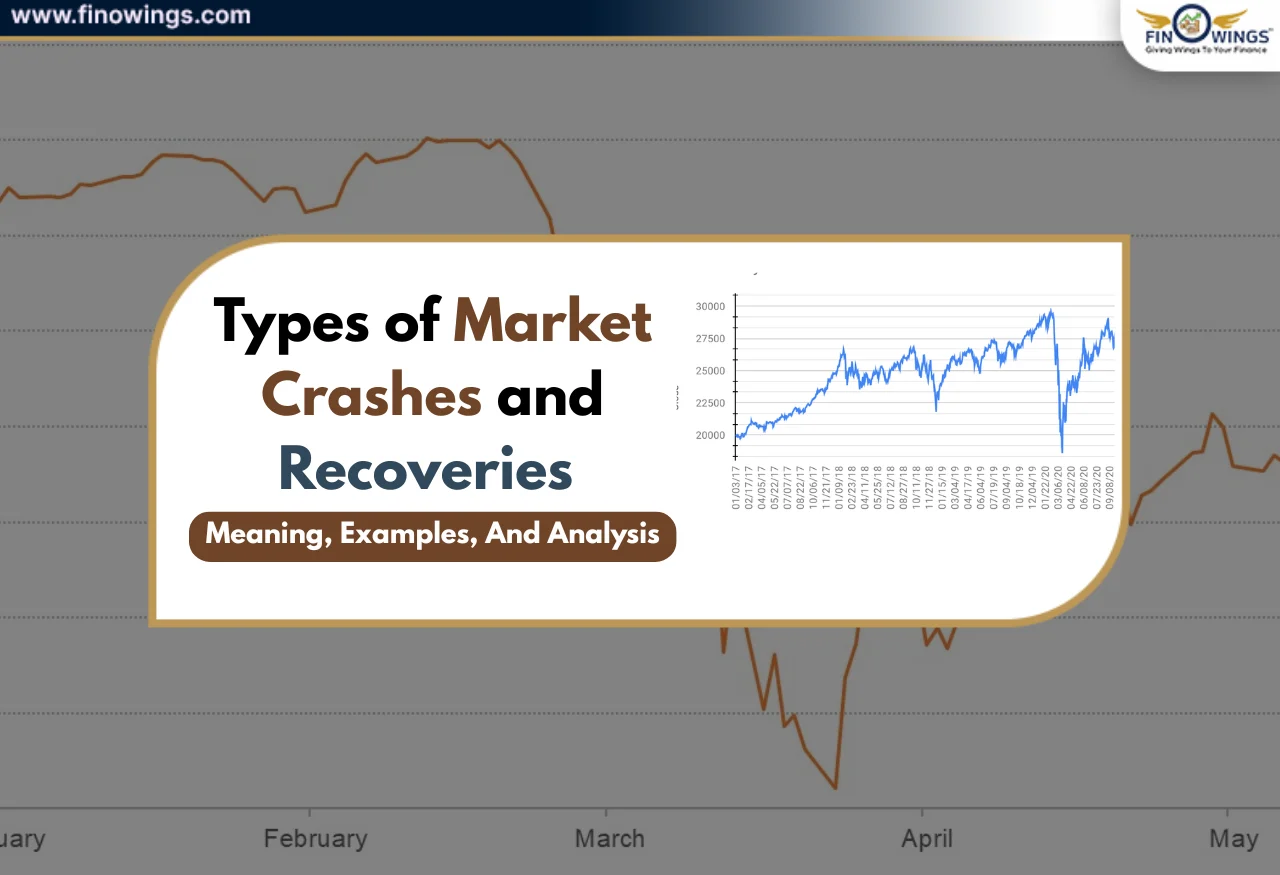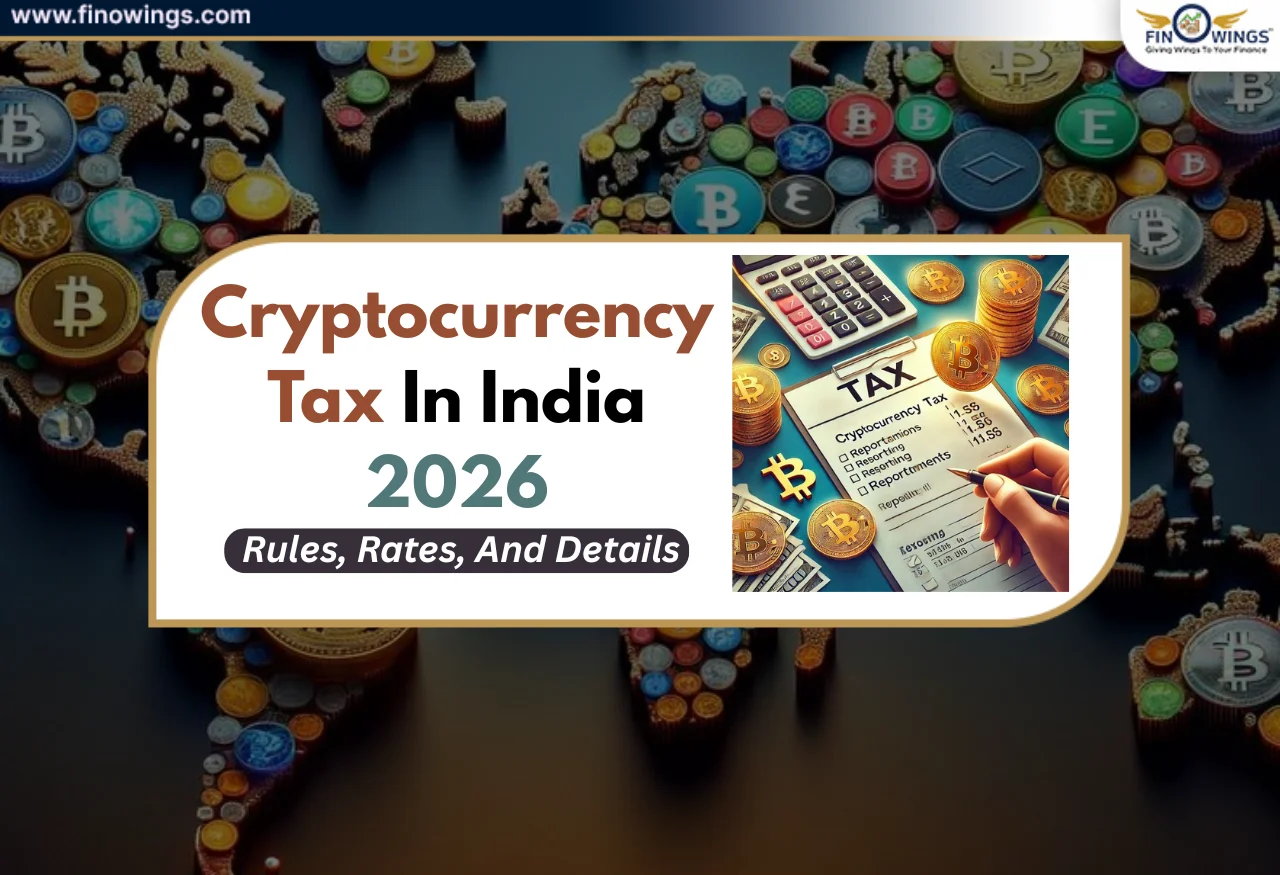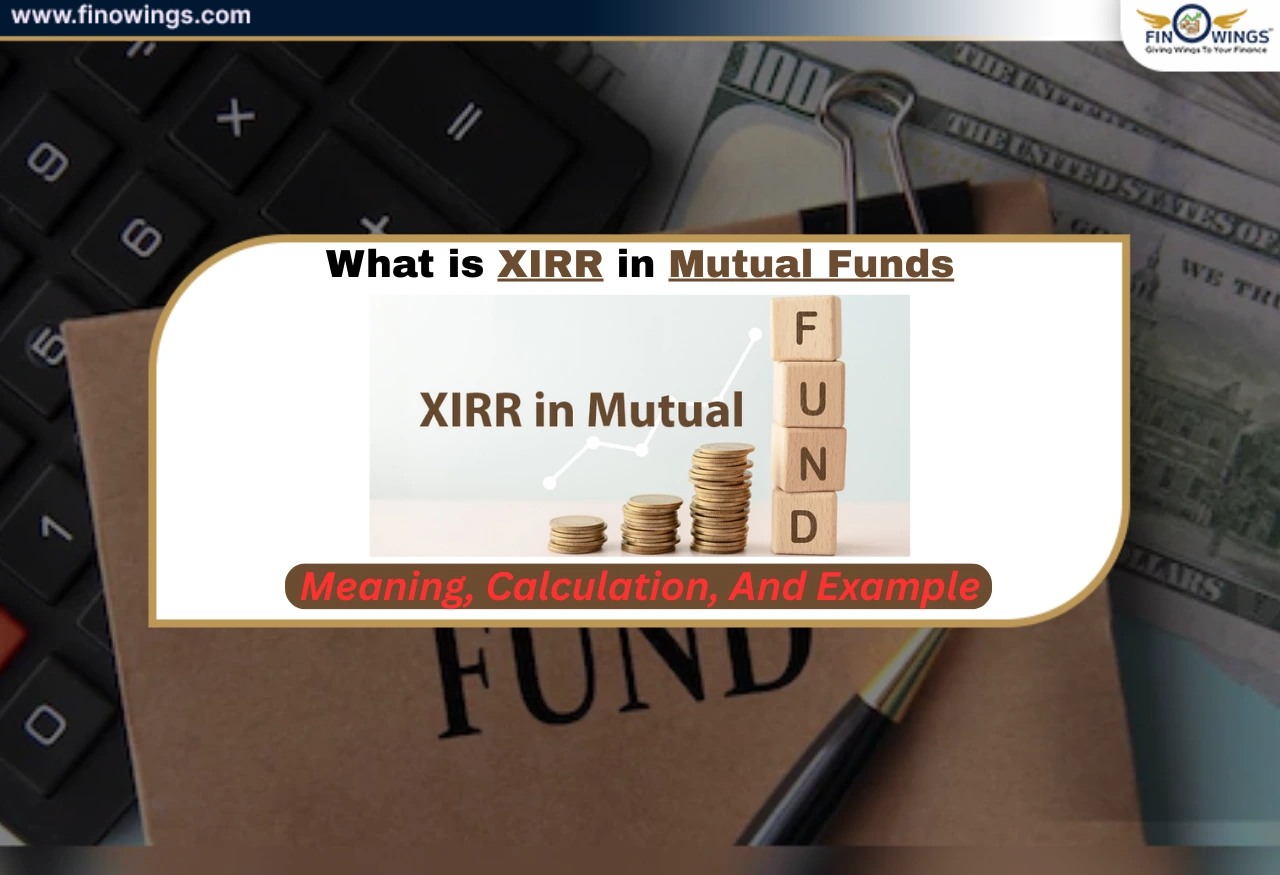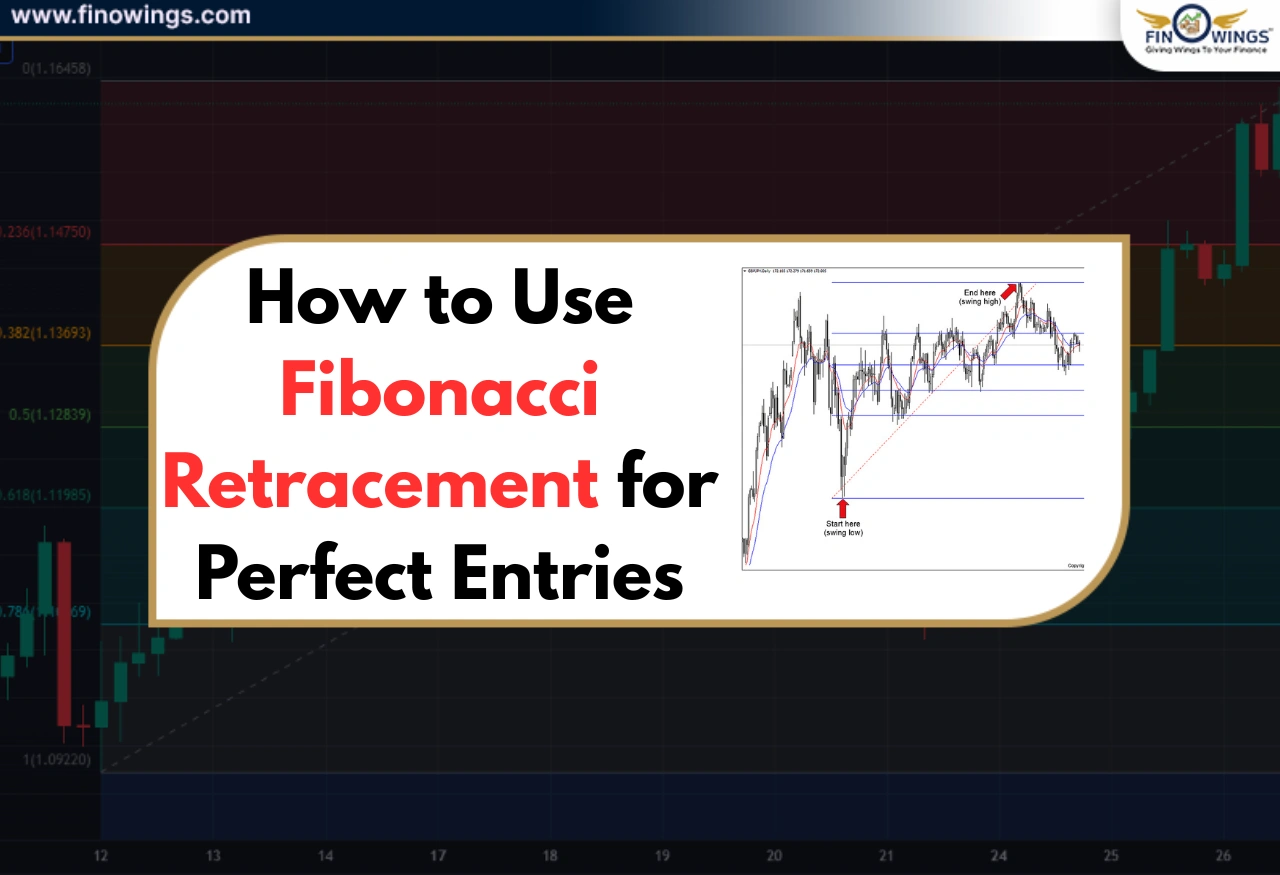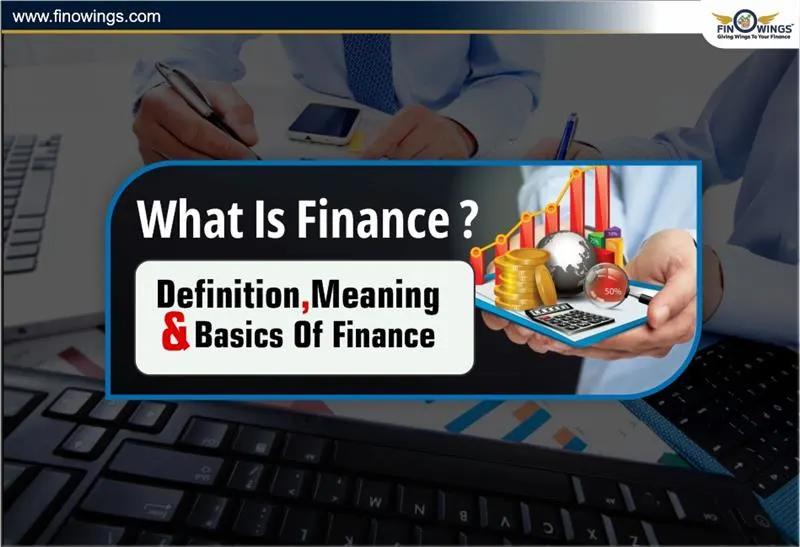Home >> Blog >> What is M&A? : Types, Process & valuation
What is M&A? : Types, Process & valuation
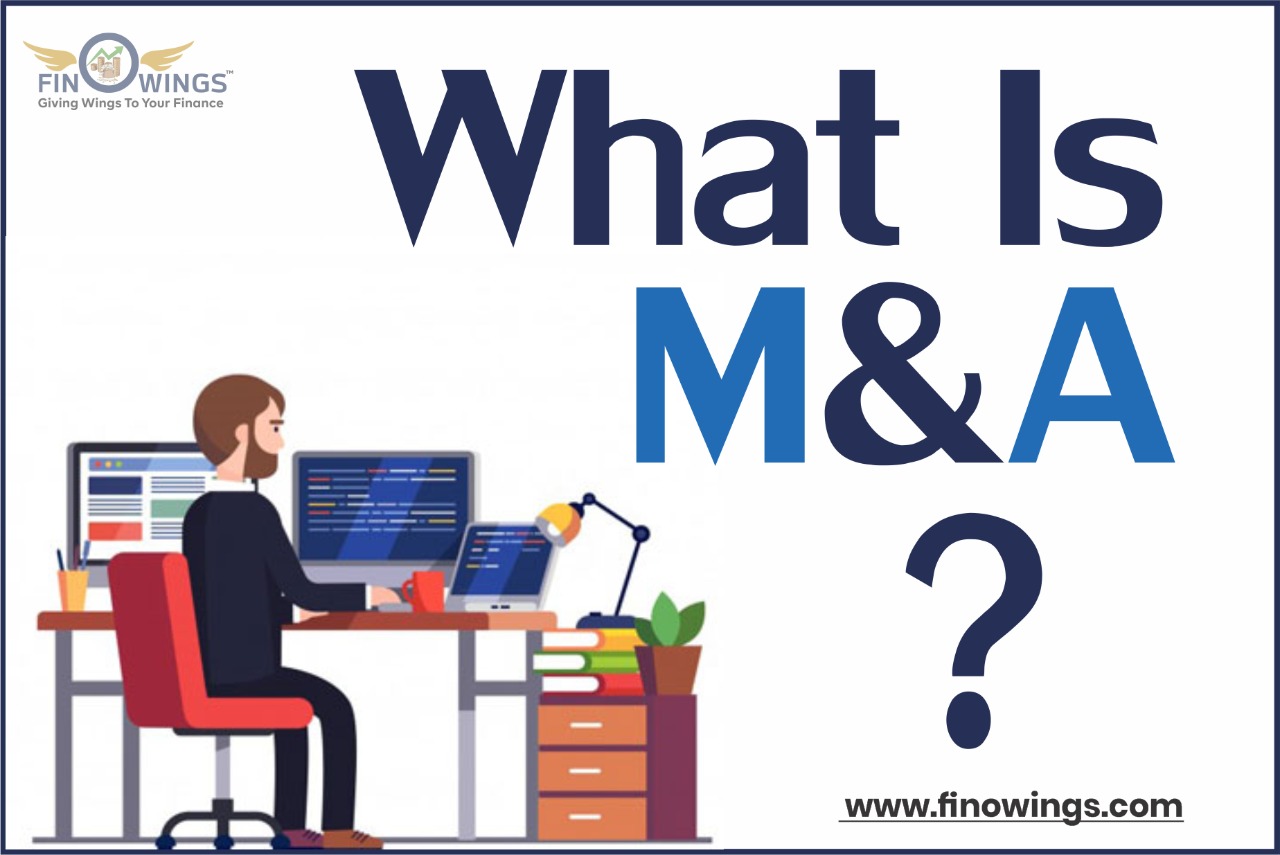
Table of Contents
What Is Mergers And Acquisitions (M&A) - Definition, Types, and Examples
Introduction
The abbreviation M&A stands for merger and acquisition. You must have heard these terms many times in the news. But have you ever wondered what these terms mean? Why do businesses merge and acquire other businesses?
You must, of course, and that is why you are here. In the business world, mergers and acquisitions play a crucial role that also impacts the capital market. This article will explain these terms in-depth and discuss some famous examples of mergers and acquisitions.
What is Merger?
A merger occurs when two independent businesses come together to operate as one to increase their financial stability, expansion, and strength.
Most companies merged to reduce production costs, expand into new markets or introduce new products. In addition, combining forces with another company enables both businesses to increase their financial support and workforce.
Through mergers, businesses can grow their operations, increase their ability to serve customers and reach new ones.
What is Acquisition?
Acquisition refers to a business transaction in which a company purchases a portion of another company's stock to acquire ownership. The acquisition helps companies to expand their strength and reach in the market.
Additionally, the company experiences significant growth and adds more synergies through acquisition. As a result, the acquiring company will have more market share, distribution options, and underutilized assets.
As the acquiring company has more shares, it has greater access to the decisions and operations of the target company following the acquisition.
Types of Mergers and Acquisitions
The following are common merger and acquisition types:
-
Horizontal Merger
The merger of two businesses operating in the same industry, producing similar goods, and providing comparable customer services is a horizontal merger. These mergers typically involve businesses that operate in similar markets and cater to a similar clientele.
-
Vertical Merger
When two businesses merge but are at different stages of production within the same industry, this is referred to as a vertical merger. Typically, these businesses merge to increase their size and better serve the market.
Vertical mergers, for instance, are when a car company merges with a business producing car seats. Both companies belong to the same industry but produce different products in this case.
-
Concentric Merger
Concentric mergers are when two businesses merge that serve the same consumer and operate in the same industry but produce different goods. Such a merger typically enables businesses to diversify their product offerings.
For instance, a company that makes mobile phones might merge with a company that makes covers for mobile phones. This merger can be referred to as a concentric merger.
-
Conglomerate Merger
Conglomerate mergers are those where two businesses from distinct industries decide to combine to grow their operations and better serve customers. The primary goal of these mergers is to control another industry or introduce new goods or services to that industry.
-
Acquisition of Assets
In this case, one company acquired the assets of another company with the approval of all shareholders. As a result, the target company comes under the control of the acquiring company. Such purchases typically occur during bankruptcies.
-
Management of Acquisition
In a management acquisition, the acquiring company buys a sizable portion of the company's shares to acquire ownership of it. The other shareholder must, however, also approve of this acquisition; only after a major shareholder's approval can such an acquisition occur.
Why Do Businesses Merge And Acquire One Another?
Mergers and acquisitions are being made for a variety of reasons. Here are a few typical reasons why businesses engage in mergers and acquisitions.
-
Growth
The higher growth is one of the primary drivers behind the merger and acquisition. When two businesses combine, they can offer more products or services and reach a wider audience, increasing revenue.
-
Synergies
Synergies essentially mean that when two businesses merge or acquire, they are also better able to produce more goods, have more workforce, and reach more customers through various services or goods. Simply put, they have the resources of two businesses rather than just one.
-
Horizontal Integration
When two businesses that provide the same goods and services combine, they can create additional value and cater to more customers. Such mergers and acquisitions assist businesses in expanding their production and distribution.
-
Vertical Integration
Vertical integration is beneficial when two businesses offer markedly different services but are connected and cooperative in some way to expand their supply chains. Such a merger enables businesses to provide customers with more services and distinguish themselves from the competition.
For instance, a chain of supermarkets could begin delivering groceries to customers if they merge or acquire a courier service. By offering better services, the company can grow its revenue.
-
Diversification
Acquisitions and mergers aid in a company's diversification into new markets. Two similar or different businesses can merge to offer the end user more services or introduce a new product. Companies can diversify this way and experiment in various industries.
-
Tax Benefits
Tax benefits could be one of the advantages of merger and acquisition. A company is eligible to benefit from another company's tax jurisdiction. In addition, a company can establish its headquarters in another territory to receive tax relief. However, this is not the primary reason that mergers and acquisitions occur in most cases. In addition, governments in numerous nations are becoming increasingly strict.
How To Value Mergers and Acquisitions?
The buyer company wants to close the deal for a significantly lower price than the seller company regarding the value of a merger or acquisition. However, businesses can determine the ideal merger and acquisition price by using the following metrics:
-
Price-to-Earnings-Ratio (P/E Ratio)
The P/E Ratio helps to acquire the company in evaluating the Target Company’s price. For example, a company may present a value greater than the target company's earnings.
-
The ratio of Enterprise Value to Sales (EV/Sales)
With the help of the enterprise value to sale ratio (EV/Sales), the acquiring company can use knowledge of the price to sale (P/S ratio) of other businesses in the same industry to offer multiples of the target company's revenues.
-
Discounted Cash Flow (DCF)
Discounted cash flow uses the estimated future cash flow of the company to help calculate the business's current value. Companies can predict the value of the competing company with the aid of some calculations. Even though it can be challenging to calculate the discounted cash flow accurately, businesses can use this method for valuation with the assistance of a few simple tools.
-
Cost of Replacement
In some circumstances, businesses can value their assets using replacement costs. For instance, the acquiring company could determine the target company's asset value and staffing costs and execute the deal at the same price.
Few Examples Of Mergers And Acquisitions
Google and Android acquisition
This is one of the most famous and successful acquisitions in history. In the year 2005, Google acquired Android for about $50 million. Google's primary goal in this acquisition was to compete with the iPhone and Windows Phones. Without a doubt, Google has prevailed in this competition. As a result, the majority of people now use android phones. In addition, most consumers now favour Android as their preferred operating system.
As of 2022, there are more than 3 billion active users of android phones across 190 countries. The numbers are enough to tell the story of the success of this acquisition, and definitely, Google hit the jackpot.
Facebook and Whatsapp acquisition
Another recent example of a well-known acquisition is this one. Facebook purchased WhatsApp's famous messaging service in 2014 for a staggering $22 billion. This purchase received attention for several reasons. While some experts deemed this purchase overpriced, others thought Mark Zuckerberg was wise to make the purchase. Without a doubt, purchasing WhatsApp was a smart move for Facebook. It brought them more active users and a lot of business.
Vodafone And Idea Merger
Reliance Jio's entry into the telecom market changed many things and sparked a price war. India's two largest telecom companies, Idea and Vodafone, to combat this price war, merged in 2017. The company unveiled its new branding as "VI" in early September. This merger is thought to be worth about $23 billion. Both businesses merged to compete aggressively against other telecom companies and create India's largest telecom company.
Exxon and Mobil Merger
One of the largest mergers in history was between Exxon and Mobil. Both companies were the top oil producers in the United States. These companies made news in 1998 when they announced a merger. This merger had a massive $80 million value. The merger was also one of the successful mergers because, as a result of the merger, the company's share price increased by 293%, providing investors with favourable returns.
Bottom Line
A company can expand its business and revenues through mergers and acquisitions. Companies frequently acquire or merge with other firms to grow and be ahead of their rivals. Additionally, it enables businesses to diversify into new markets and introduce new products. Furthermore, mergers and acquisitions also increase a company's share value on the capital market.
Author
Frequently Asked Questions
Companies typically merge or acquire other businesses to diversify, reduce tax liabilities, expand market share, improve financial standing, and so on.
While an acquisition involves the taking over of one firm by another, a merger occurs when two businesses entirely combine to form a new entity.
The largest acquisition ever is regarded as a takeover of Mannesmann by Vodafone Airtouch plc at $183 billion in 1999.



